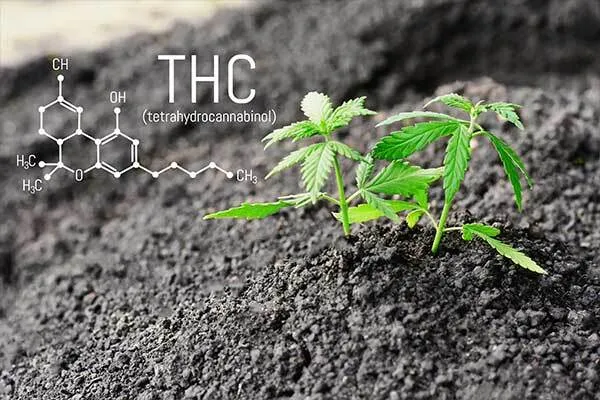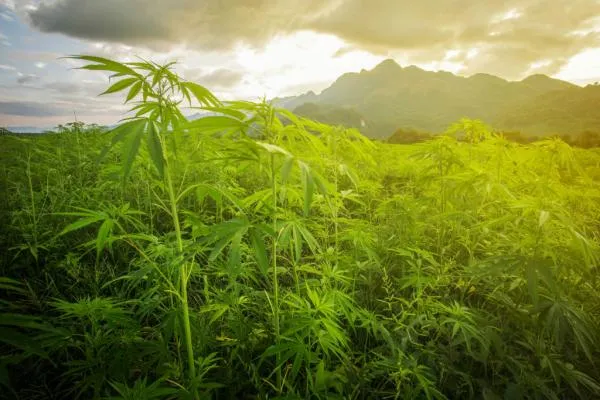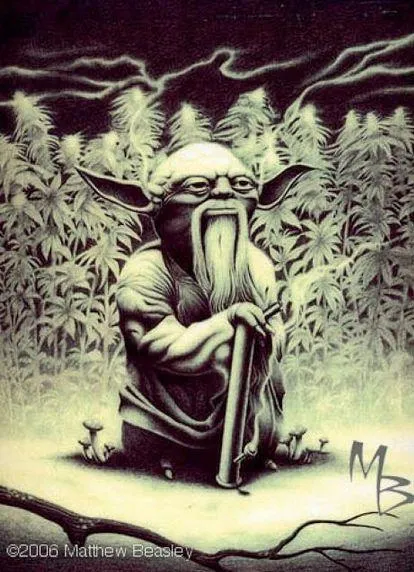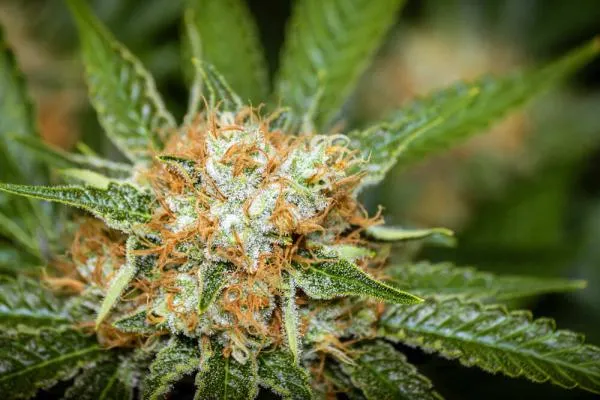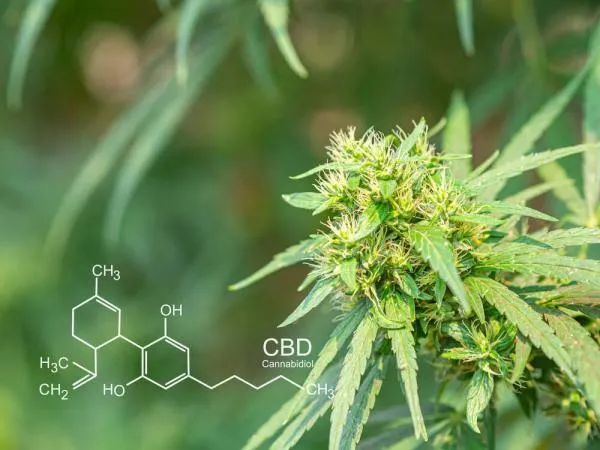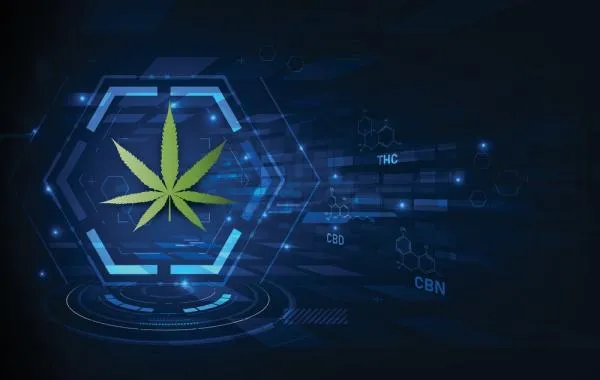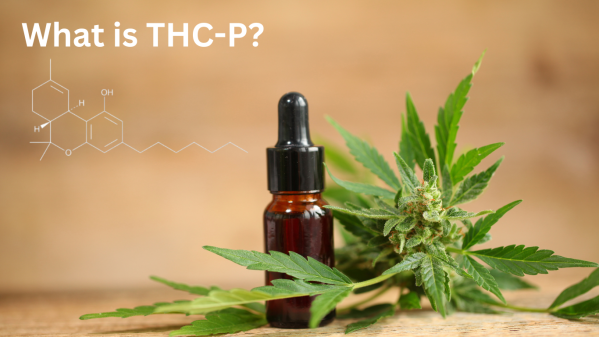With the growing demand for increasingly potent cannabis strains, breeders around the world are all competing to produce the highest THC strains. The result of this race to the top has seen a drastic change in the potency of cannabis strains hitting the shelves of dispensaries. But what is considered high THC and how has this changed in recent years?
With cannabis strains currently ranging from 0 – 34% THC, “what is considered high THC” has been a constantly changing number for the last 30 years. Currently at MSNL we would consider any cannabis strain over 20% as a high THC strain which we will explain further detail using a THC chart (below). The upper limit of lab tested strains right now is around the 30-35% THC mark. However, when you consider that only a decade ago strains as low as 15% THC were considered potent, the real question we should be asking, is there a limit to the THC and CBD levels that a plant can produce?
Lets take a closer look at what the future of THC holds and if THC really matters when judging the potency of a strain.
Does THC percentage matter?
THC also known as tetrahydrocannabinol is a cannabinoid found in marijuana that causes its psychoactive effects. In recent years THC percentage has been used as a ‘measuring stick’ to which the potency of any cannabis strain is benchmarked. However, does the THC percentage really matter and what other factors are at play when we look at potency?
A recent study from the University of Colorado found that although THC levels do play a role in the psychoactive effects, it is not the only player. In the study 120 participants were given cannabis, half of the group were given bud and the other half concentrates. All with varying levels of potency ranging from 16 – 24% THC.
Each user was assessed by their mood and cognitive function, and they were examined at different intervals to judge how various methods of consumption affected intoxication over time. Surprisingly the results found that THC levels did not track the level of intoxication and despite some participants using THC concentrates they were not necessarily feeling higher.
Although the study does not definitively answer the question, ‘what makes cannabis users feel high?’. It does back up the suggestion that other cannabinoids, terpenes and methods of consumption play a bigger role than they are given credit for when it comes to potency
What is the highest THC strain?
According to recent lab reports Godfather OG is the highest THC strain ever tested and at the High Times Cannabis Cup won the ‘Highest THC content’ category coming in at 34%.
With Gorilla Glue and Bruce Banner both coming a close second and measuring just over 30% THC.
Is cannabis getting stronger?
Demand for high THC weed has increased in recent years and in turn breeders have been cross breeding various strains to produce super potent hybrids. If we look back at the most potent strains from a decade ago it is noticeable that cannabis is getting stronger and strains that were once considered high THC are now fairly mediocre.
According to Health Canada the potency levels of THC measured in dried cannabis has increased from roughly 3% in the 1980’s to around 15% today with some strains averaging up to 30%.
2012 High Times Cannabis Cup Highest Lab tested THC strains awards:
- Grandaddy Purple: San Francisco – 18.6%
- Super Lemon Haze: Los Angeles – 22.64%
In more recent years we can see that there has been a huge increase in the THC percentages being recorded:
- Chemdawg: Cannabis Cup 32.13% (2016)
- Godfather OG: Highest THC by High Times (2017) - 34%
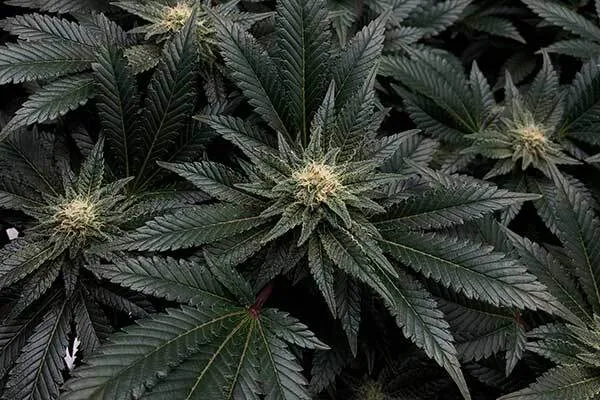
Looking at the evidence it is noticeable that THC levels are steadily increasing as demand for high THC strains grows. Therefore, it isn’t inconceivable that in the future cannabis varieties will be even stronger than today. But how much THC can any one plant produce, there must be a limit right?
Is there a limit to THC production in cannabis?
Both CBD and THC are produced from another cannabinoid called cannabigerol also known as CBG and there are genetic limitations to the CBD and THC ratios that strains can have. Not enough studies have been done on the possible upper limits of THC production to give a definitive answer. However, at 35% total THC by dry weight it looks like we are close to, if not have already reached the limits of potency.
THC levels explained
Cannabis strains are tested in laboratories to determine the percentages of cannabinoids that they contain. Typically, the two main measures that are recorded are CBD and THC levels, although comprehensive reports will also list THCA, THCV, CBDA, CBG and CBC percentages. These are all different cannabinoids contained within marijuana, however, THC and CBD are thought to have the greatest effect on us when consumed, hence why they are the most accurate measure of potency.
As with yield, THC levels are massively dependent on the skill level of the grower. Grown in ideal conditions and harvested during the window of peak potency your buds could exceed the THC percentages listed online. That being said, if your plants undergo any stress, particularly during the flowering stage and potency levels will suffer.
What is the difference between THC and CBD?
CBD and THC are both compounds found in cannabis plants. The main difference between the two is that THC is psychoactive and responsible for the "high" you experience from marijuana. Whereas cannabis that is low in THC and high in CBD is non-psychoactive and often used for its potential therapeutic benefits, such as pain relief and anxiety reduction, without producing a mind-altering effect.
What is the difference between THC and CBG?
CBG, or Cannabigerol, is a substance found in cannabis plants. Unlike THC, it doesn't make you feel high. It comes from a raw form called CBGA, which is like the stem cell for other cannabis substances, including CBD and THC. Think of CBGA as a parent molecule that can turn into different compounds in the cannabis plant, with CBG being one of its non-intoxicating offspring.
There are high CBG strains that have little to no psychoactive effects and are often used for their therapeutic benefits in a similar way to CBD.
THC percentage chart
At MSNL we judge the potency of our cannabis strains based on 4 different brackets of THC level. Here is a THC percentage chart to help you to decide on the right strain for you.
| THC percentage | Potency Level | User Recommendation | Strains |
|---|---|---|---|
| Less than 10% THC | Low | Beginner/Medical | Harlequin CBD Queen Cannatonic Mandarin CBD |
| 16 – 19% THC | Medium | Casual Smoker | Purple Haze Thai Stick Big Bud Northern Lights |
| 20-24% THC | High | Experienced Smoker | Acapulco Gold Runtz Girl Scout Cookies Mimosa |
| 25% + THC | Very High | Full Time Stoner | Gorilla Glue Bruce Banner Biscotti Forbidden Fruit |
How can you increase THC levels?
Just remember that it isn’t just genetics that determines THC levels, the potency of a cannabis plant is dependent on a whole raft of other factors.
The conditions and environment that you grow your cannabis plants in plays a huge role in the potency of the bud. For example, somebody that grows Gorilla Glue outdoors in mild/cold conditions will almost certainly produce lower potency bud than somebody that grows it in near-perfect lab conditions.
To ensure you are growing your plant in ideal conditions, make sure you research the strain you choose and stick to a few basic principles.
Ideal Temperature:
- Keep daytime temperature at 20–30°C (70–85°F)
- Keep nighttime temperature at 25°C (Approx. 75°F)
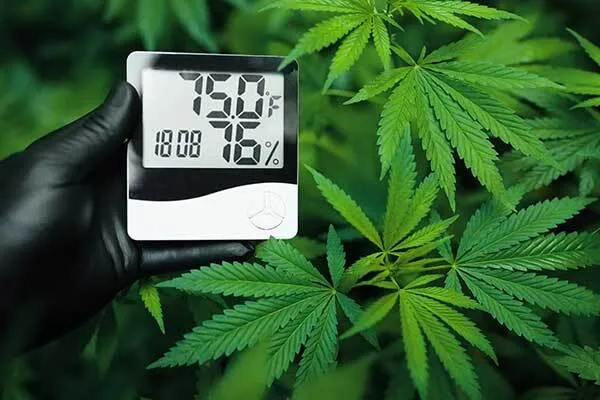
Ideal Humidity:
- Keep humidity at 65–70% for seedlings
- Keep humidity at 50-60% during veg
- Keep Humidity at 30-40% during flowering
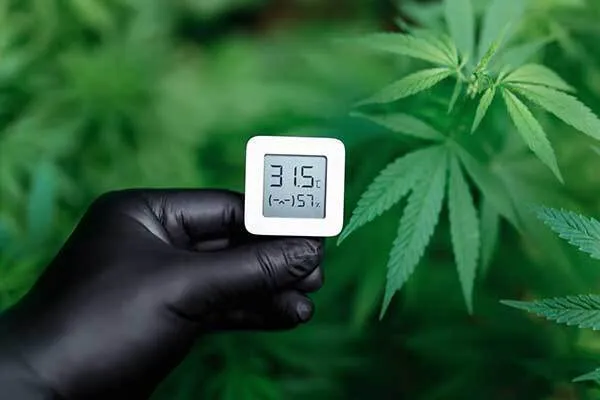
Ideal growing environment for cannabis plants
- Make sure you use fans and extraction to ensure good airflow in your tent.
- If you are growing indoors, use good quality lights.
- Don’t over or under water your plants and use the correct nutrients.
- Check buds regularly for problems such as mold or pests.
- Lastly harvest your plants at the right time for optimum potency.
What color trichomes have the most THC?
Trichomes begin to develop during the flowering stage. They are the tiny sticky appendages that grow all over buds, and in smaller numbers on the sugar leaves and stalks. They are used to store all the cannabinoids and terpenes that a cannabis plant produces. So, if you want potency, the more trichomes the better.
Trichomes are often used to determine when a cannabis plant is ready to harvest. They start out clear and gradually turn a cloudy/milky color, finally ending up amber in the late stages of flowering. However, if you are trying to achieve the highest THC levels which color indicates optimum potency?
Clear Trichomes: This indicates that a plant is underripe and not yet ready for harvest.
Cloudy/milky: As the trichomes begin to turn cloudy they are approaching the stage at which you can harvest. For optimum potency harvest your buds when around 60-70% are cloudy and 30-40% are a light amber color.
Amber: During the later stages of flowering the trichomes will begin to turn amber in color. This does not necessarily that you are too late to harvest, however it is thought that the change in color is a sign of degradation of the cannabinoids and terpenes. However, it is all down to personal preference as some users prefer harvesting at this late stage due to the more mellow, relaxed high that it provides.
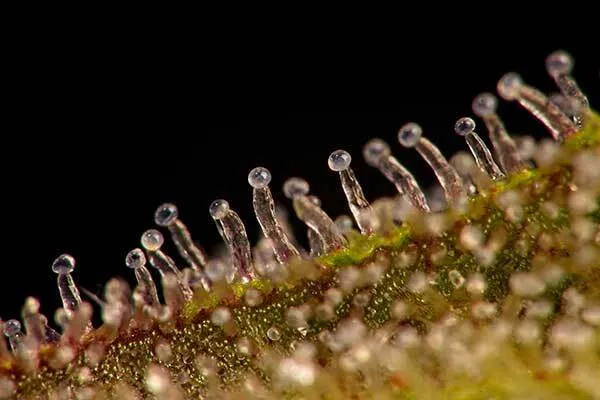
To conclude we know that THC is not the only cannabinoid that affects potency. However, a lot of research suggests that it is one of the main cannabinoids that gets you high. ‘What is considered high THC’ is subjective to the individual and their tolerance levels, but we would recommend using our handy THC chart as a guide to the potency of our strains.
Notes:
- Steeger, C. Hitchcock, L. (2021) Associations between self-reported cannabis use frequency, potency, and cannabis/health metrics. Available at: https://www.researchgate.net/publication/352062295_Associations_between_self-reported_cannabis_use_frequency_potency_and_cannabishealth_metrics
- Canada, H. (2018). About cannabis. [online] aem. Available at: https://www.canada.ca/en/health-canada/services/drugs-medication/cannabis/about.html
- High Times. (2017). The Strongest Strains on Earth 2017. [online] Available at: https://hightimes.com/grow/the-strongest-strains-on-earth-2017/#:~:text=Notes%3A [Accessed 9 Aug. 2022].
